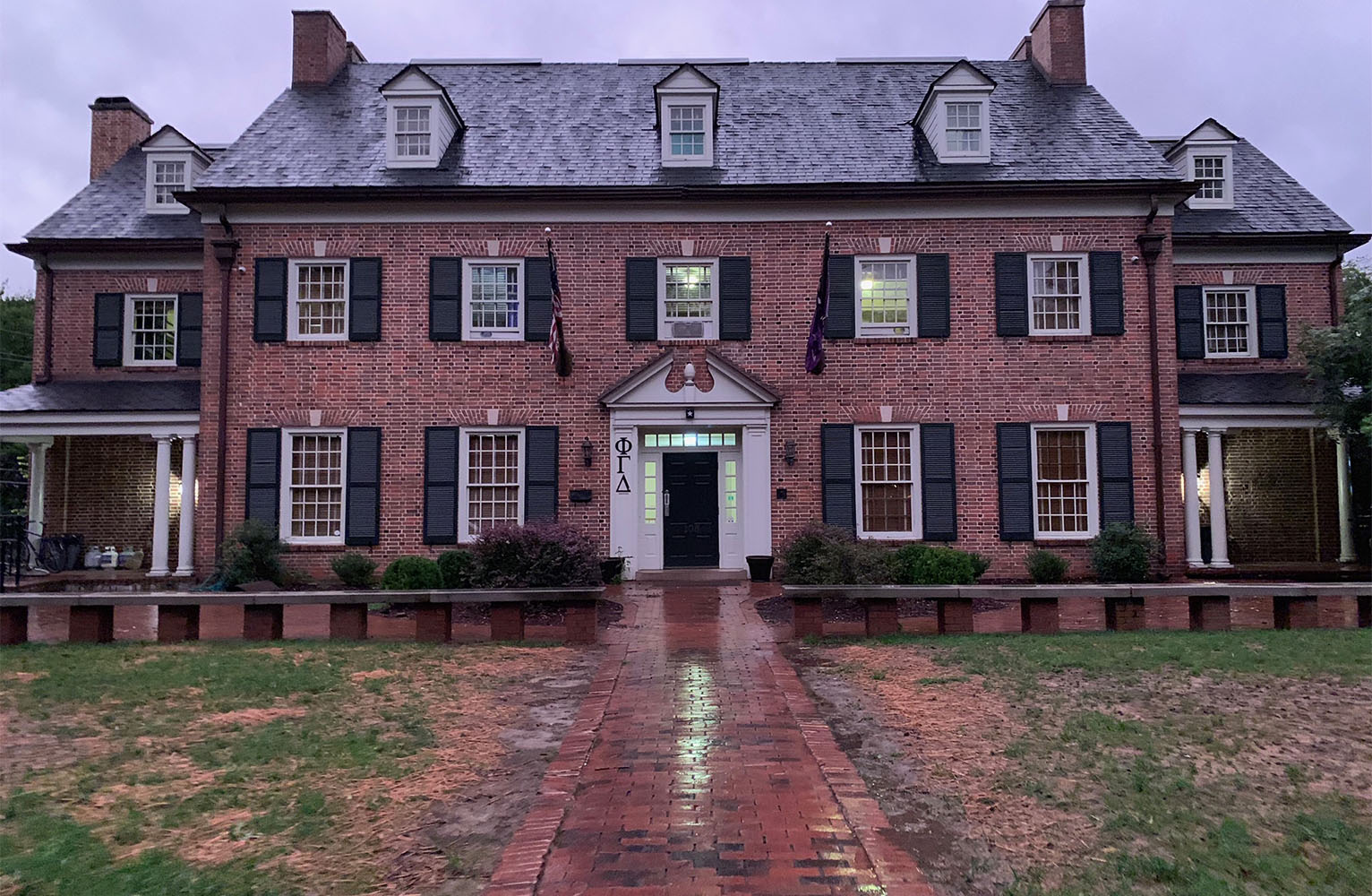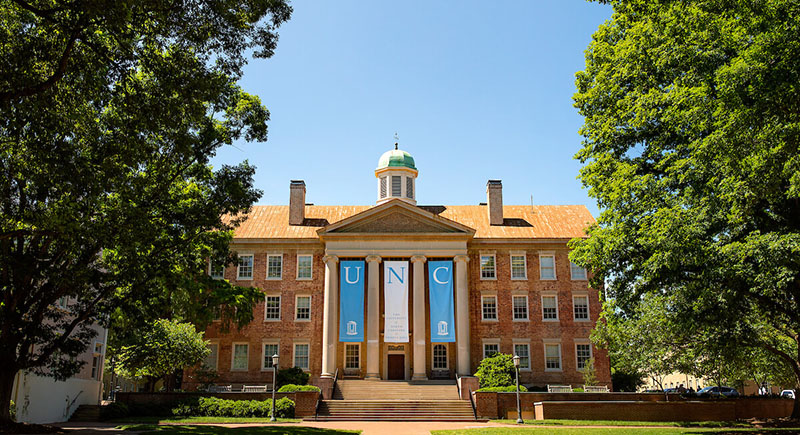 When COVID-19 hit in March, the world turned upside down. University students became overwhelmed with the new normal of online classes and canceled extracurricular activities.
When COVID-19 hit in March, the world turned upside down. University students became overwhelmed with the new normal of online classes and canceled extracurricular activities.
Amid a number of concerns, sorority and fraternity students soon began asking, “Where will our remaining costs and dues go?”
The obvious choices might be to give members a refund or to transfer their costs and dues to the next term. However, the fraternity of Phi Gamma Delta wanted to do something different.
The Phi Gamma Delta executive committee sent an email to members and parents to determine what to do with the gross food costs. Shortly after, the majority of fraternity members and their parents made the selfless decision to donate a portion of their refund — $7,254 to be exact — to the Carolina Student Impact Fund.
“We wanted to do something positive with the money we knew wasn’t going to be immediately used,” said Phi Gamma Delta Treasurer Greyson Goodson ’21. “We couldn’t think of anything better than giving back to our fellow students and community.”
The Carolina Student Impact Fund helps students who budgeted carefully for the semester but are facing unexpected hardships and expenses caused by COVID-19. As of June 16, nearly $2 million has been distributed to almost 2,000 students through a combination of support from the Carolina Student Impact Fund and federal, University and other private funding.
“Overall, we hope our donation provides relief to students who have been blindsided by this pandemic,” Phi Gamma Delta President John Hayden Sylvester ’21 added.
Phi Gamma Delta hopes to continue making contributions to the fund in the future.
The UNC Office of Scholarships and Student Aid is now accepting applications to the Carolina Student Impact Fund for summer 2020; the deadline to request summer assistance is June 28, 2020. Learn more about application requirements here.
Make a donation or learn more about the Carolina Student Impact Fund here.
Related Stories

 When COVID-19 hit in March, the world turned upside down. University students became overwhelmed with the new normal of online classes and canceled extracurricular activities.
When COVID-19 hit in March, the world turned upside down. University students became overwhelmed with the new normal of online classes and canceled extracurricular activities. 

